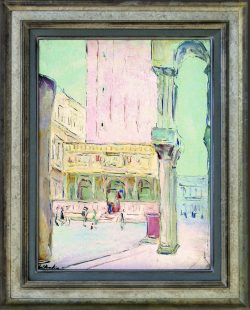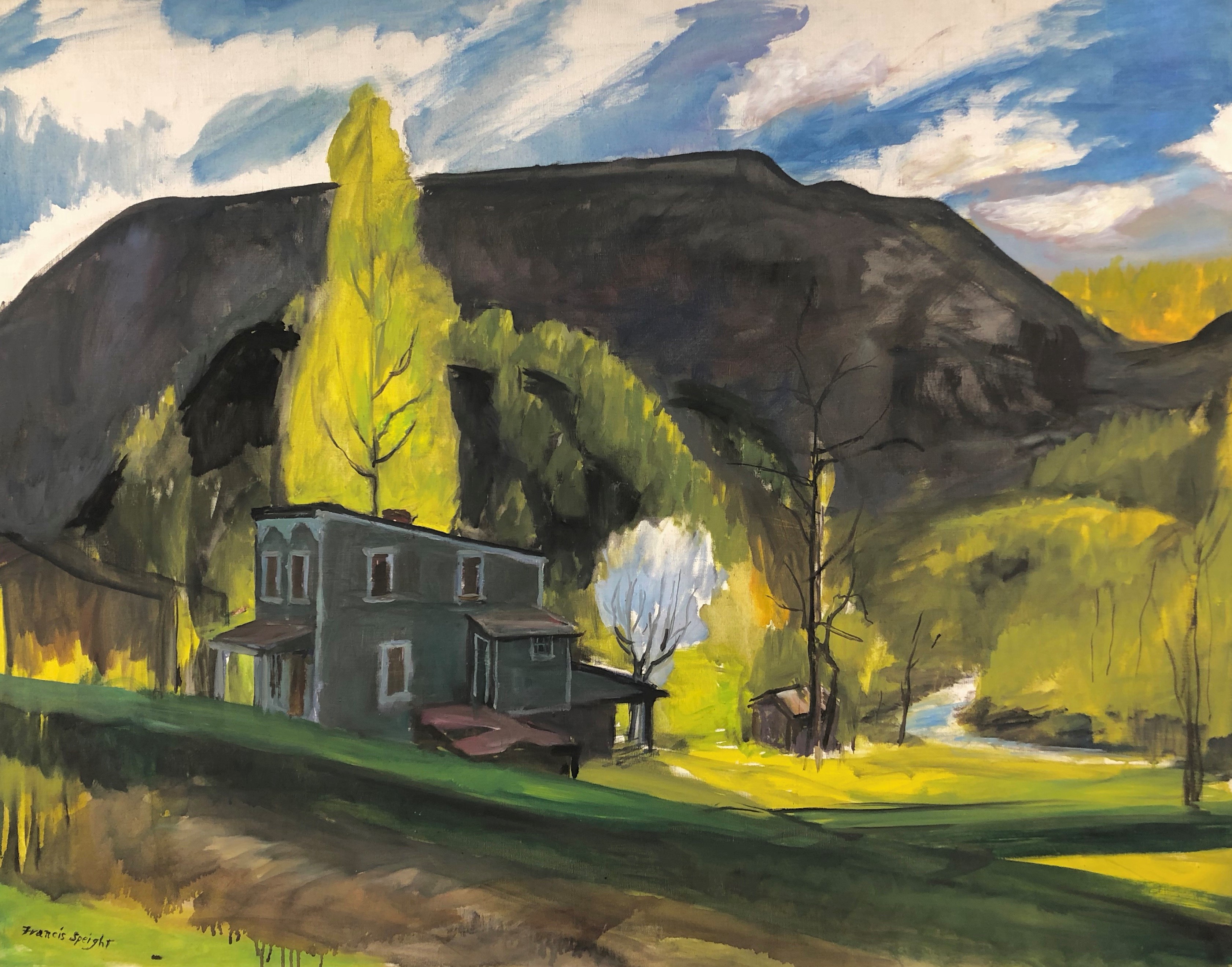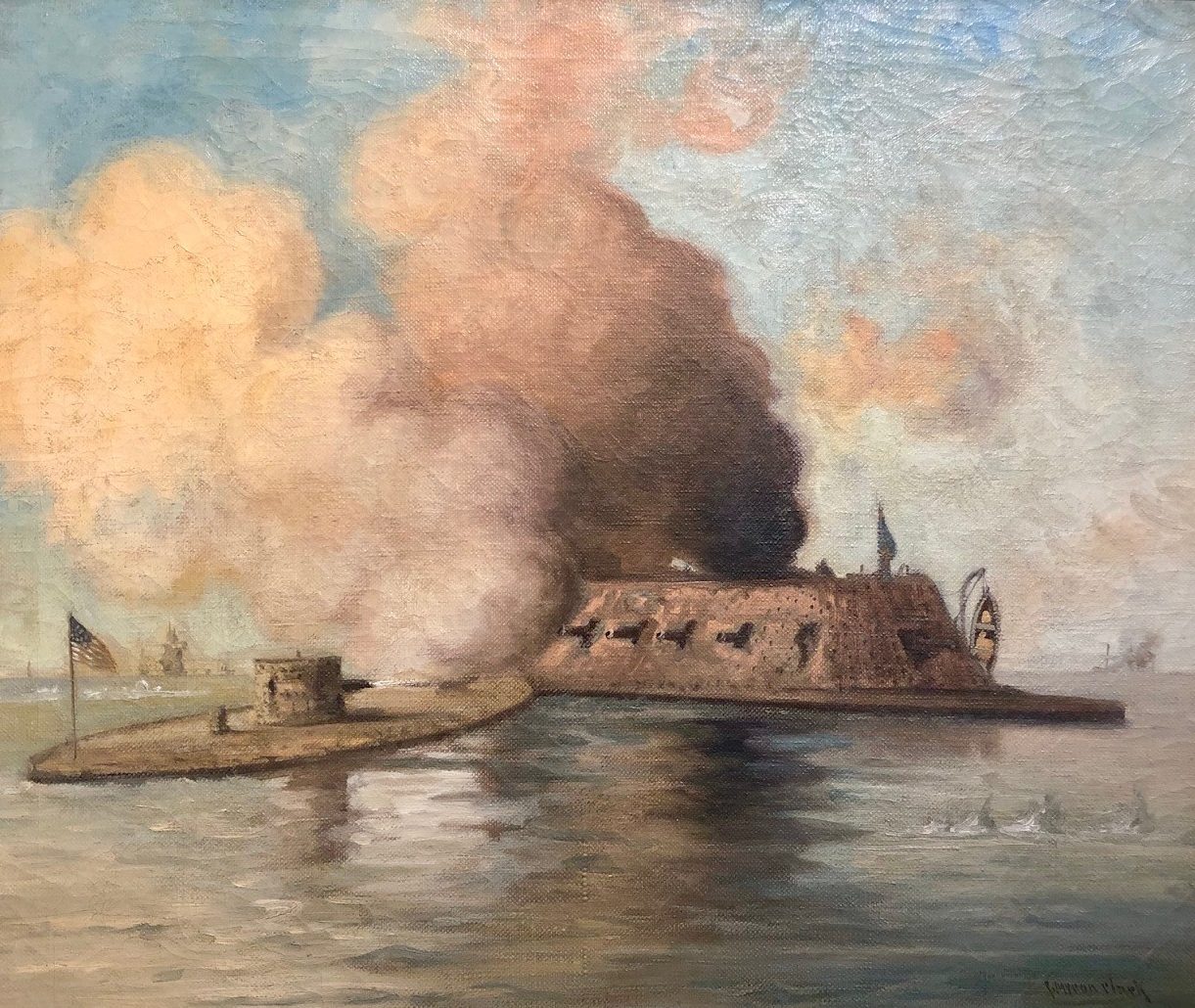Wladimir de (Wlodzimierz) Terlikowski (1873-1951)
Wladimir de Terlikowski was born into a noble family in Poraj, Poland near Warsaw in 1873. He made multiple attempts to run away from home during his youth and was eventually successful, making it to Danzig on a barge around the age of 15.
This journey marked the beginning of Wladimir de Terlikowski’s life of travels, his conduit of exploration of the artistic world.
Early on, Terlikowski spent time in Munich to study at the Academy of Fine Arts. Although his enrollment there was brief, it led him to move to Paris to assist in the studio of Jean Paul Laurens, where he resided from 1891-1898. It was here that Wladimir de Terlikowski found his milieu, surrounded himself with talented contemporaries of the School of Paris, and began to make a name for himself as a painter of great distinction. During this period, he settled in Montparnasse, the center of the avant-garde and the heart of intellectual life in Paris at the time. Active artists and free thinkers, including Terlikowski, would gather in cafes at night to share and discuss ideas. Amongst his peers were Amedeo Modigliani, Pablo Picasso, André Derain, Maurice de Vlaminck, Chaim Soutine, Marc Chagall and Henri Matisse.
Influences of multiple art movements are apparent in Terlikowski’s work, including Fauvism, Cubism and Impressionism.
Additionally, Wladimir de Terlikowski was a member of the School of Murol, a group of artists who travelled to paint in the eponymous small mountain town located in Auvergne, France. These artists were greatly influenced by Leon Boudal and Victor Charreton (through whom Terlikowski developed his love of sensual impasto), the co-founder of the Salon d’Automne. As a result of this connection, Wladimir de Terlikowski exhibited at the Salon d’Automne in 1912, 1913 and 1919. At his first Salon d’Automne, he met his first major patron and was offered a one-man show at Galerie Bernheim-Jeune. This is particularly notable because Terlikowski’s show immediately followed one of Matisse’s most celebrated exhibitions of Moroccan-inspired paintings at the same gallery. Additionally, in the months following Terlikowski’s exhibit, Galerie Bernheim-Jeune presented shows featuring Edouard Vuillard and Pierre Bonnard. To be celebrated on the same plane as such artists is an achievement to say the least.
From 1898 to roughly 1919, Wladimir de Terlikowski travelled frequently, spending time all around the Mediterranean— in the south of France, Italy, throughout Northern Africa— and in London, Russia, Singapore, Hong Kong, New Zealand and Australia, amongst other places.
In 1920, he was appointed Chevalier of the French Legion of Honor. Sooner after, Terlikowski’s marriage to the daughter of the Prime Minister of France in 1924 placed him directly in the attention of aristocratic circles. This level of social elevation facilitated even greater professional success, bringing him commissions from palaces, museums and private collectors alike. After completing a magnificent body of work portraying Moroccan women in 1933, Terlikowski was promoted to Officer of the Legion of Honor. This accomplishment led to the publication of Terlikowski’s Peintre de Figures, a full-color volume of his portraits highlighting his painterly skill, the following year.
Alternatively known as “The Polish Master,” a compliment that came as a result of his first solo exhibition at Galerie Bernheim-Jeune, Wladimir de Terlikowski’s canvases are admired for their vibrant colors and strong sense of light.
His palette was largely inspired by the environs of the French countryside and coast. Terlikowski’s recognizable palette knife technique has earned him comparisons to Paul Cezanne and Auguste Renoir.
Wladimir de Terlikowski passed away in 1951. His work can be found in permanent collections of museums throughout France.
Click Here to view available literary media on the artist.
Read this artist's biography
Timeline
1873 – Born April near Warsaw, Poland
1884 – Runs away from home and gets as far as Kracow, Poland
1885 – Returns home
1887 – Runs away from home again then travels on a barge to Danzig, Poland
ca. 1889 – Lives in Munich and Germany
1891-1898 – Lives in Paris and France
1898-1899 – A time of frequent travel, spends time in Marseilles, Algeria, Tunisia, Egypt, The Netherlands, Germany, Russia, Italy and then Singapore
1899-1904 – Then spends time in Australia and New Zealand
1900 – First one-man exhibition at the Galerie Bernheim-Jeune
1905 – Then spends time in Hong Kong, London and Paris
1909-1913 – Then spends time in Auvergne, Besse-en-Chandesse, Murol, Col de Diane, Clermont-Ferrand, Paris and Normandy
1913 – One-man exhibition at the Galerie Bernheim-Jeune which immediately followed one of Matisse’s most noteworthy show of Moroccan paintings
1914-1918 – Then spends time in Troyes, Brittany, Martigues and Paris
1918 – Named a chevalier of the French Legion of Honor in recognition of his artistic achievement
1919-1920 – Lives in Paris
1921-1924 – Then spends time in Paris, Villefranche, Cimiez, Venice, Antibes and Saint Tropex
1924 – Then spends time in Paris, Venice, Saint-Tropez and Sospel
1924 – His marriage to the daughter of the Prime Minister of France, Jeanne Leygues Rockwell, placed him in aristocratic circles. Which finally brought him commissions from palaces, museums, and private collectors
1925 – Divides time between Paris and Venice
1926 – Then spends time in Venice, Italian Alps, Menton and Paris
1927 – Then spends time in Paris, Venice, Nice, Spain and Morocco
1927 – Publication of “W. DE TERLIKOWSKI PEINTRE” published by Arsene Alexandre
1928 – Then spends time in Paris, Montpellier and Venice
1929- Divides time between Morocco and Venice
1930 – Divides time between Spain and Venice
1930 – Publication of W. De Terlikowski by Jan-Topass
1933 – Lives in Venice
1933 – After completing a significant body of work portraying Moroccan women this resulted in his promotion to officer of the Legion of Honor
1934 – Publication of “Terlikowski Peintre de Figures” by Arsene Alexandre
1935 – Lives in Venice
1936 – Then spends time in Paris, Honfleur, Venice, Verona and Rome
1937 – Saint-Raphael
1937-1940 – Lives in Paris
1940-1948 – Lives in Villeneuve-sur-Lot
1951 – Dies February 6th in Paris
1998 – Publication of “Wladimir de Terlikowski – His Life and Art” is published thus becoming the definitive biography of this fascinating artist.
Museum List
Museum |
Alternative Spelling |
City |
Country |
| National Museum of Warsaw | n/a | Warsaw | Poland |
| Petit Palais Museum of Geneva | Musee Petit Palais de Geneve | Geneva | Switzerland |
| Pompidou Center | Centre Georges Pompidou | Paris | France |
| Troyes Museum | Musee de Troyes | Troyes | France |
| Fine Arts Museum of Lyon | Musee des Beaux Arts de Lyon | Lyon | France |
| Museum of the School of Murols Painters | Musee des Peintres de l’Ecole de Murols | Murols | France |
| Fine Arts Museum of Marseilles | Musee des Beaux Arts de Marseilles | Marseilles | France |
| Grenoble Museum | Musee de Grenoble | Grenoble | France |
| Fine Arts Museum | Musee des Beaux Arts | Bordeaux | France |
| Roger Quilliot Museum | Musee d”Art Roger Quilliot a Clermont-Ferrand | Clermont-Ferrand | France |
| Gajac Museum | Musee de Gajac | Villeneuve-sur Lot….. | France |
| Mandet Museum of Riom | Musee Mandet de Riom | Riom | France |

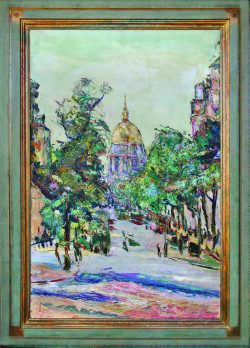
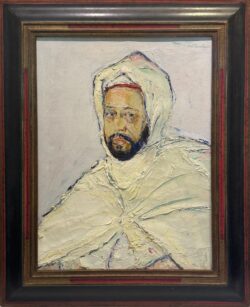
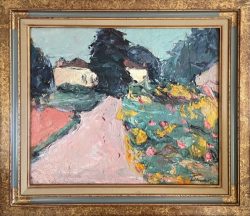
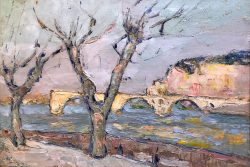
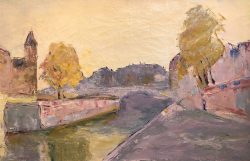 SOLD
SOLD
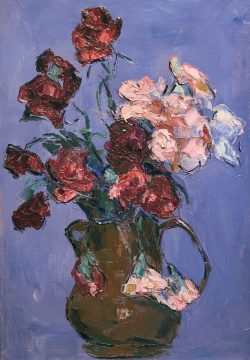
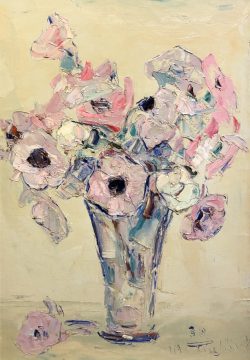
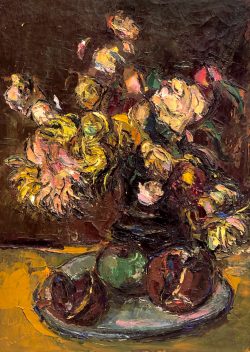
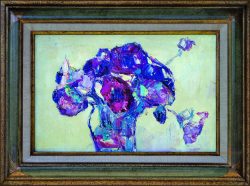 SOLD
SOLD

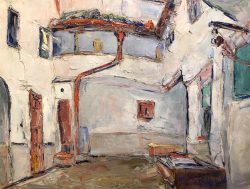
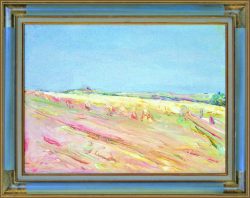
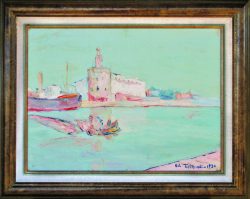
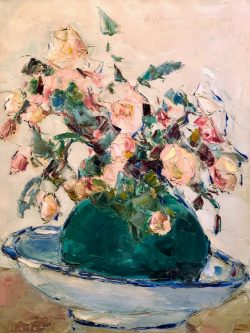
 SOLD
SOLD
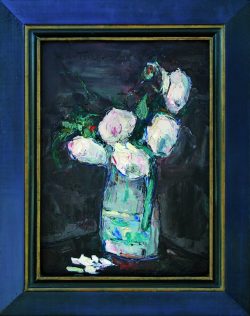 SOLD
SOLD
 SOLD
SOLD
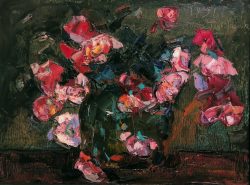
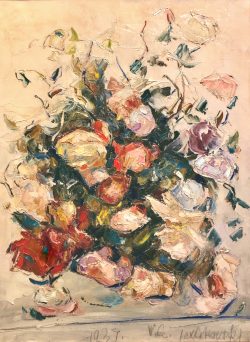 SOLD
SOLD
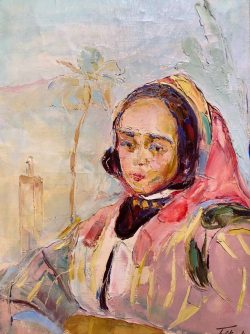
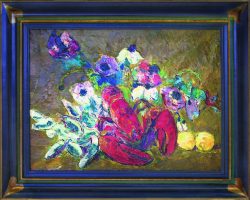 SOLD
SOLD
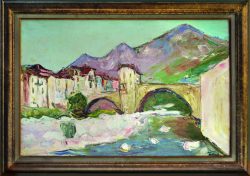 SOLD
SOLD
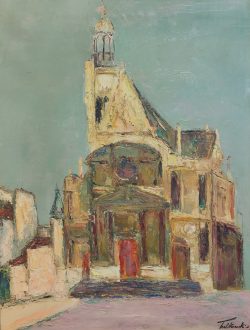 SOLD
SOLD
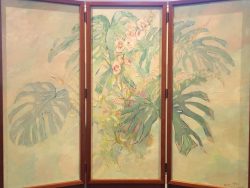
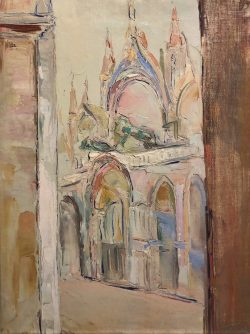 SOLD
SOLD
